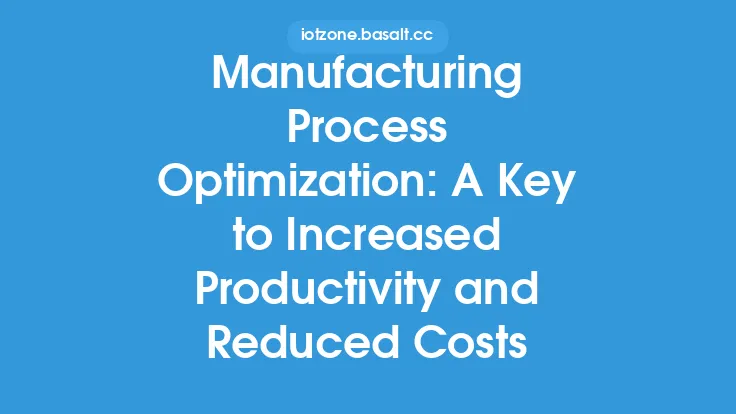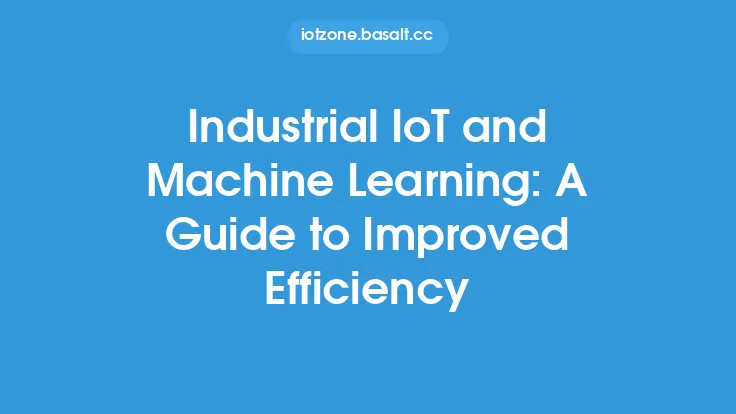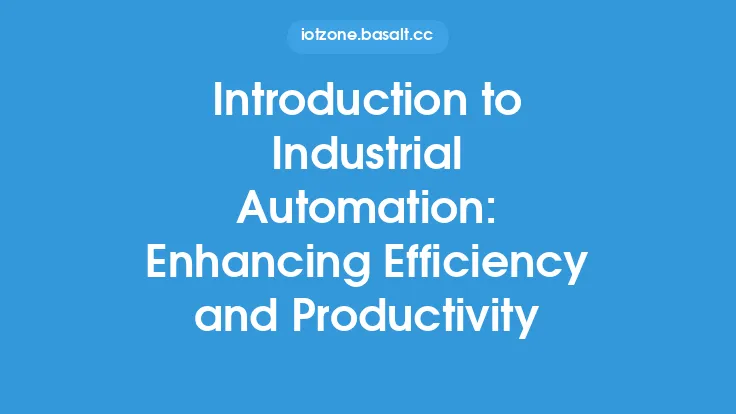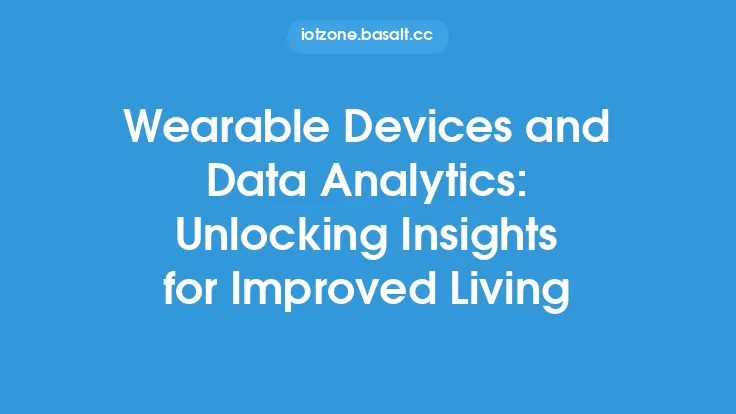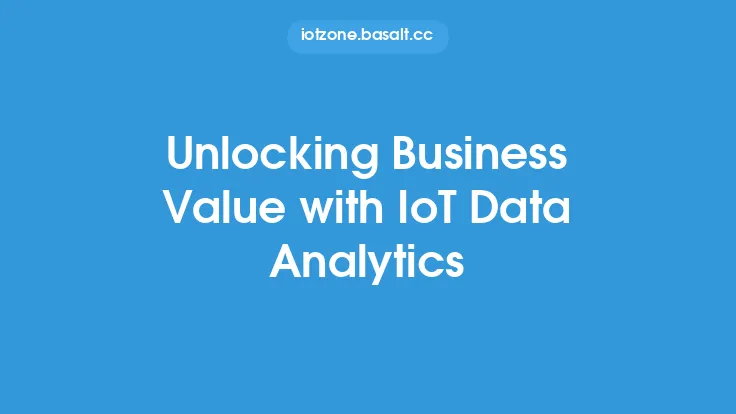The Internet of Things (IoT) has revolutionized the way we live and work, with an ever-increasing number of devices and sensors generating vast amounts of data. This data, if properly analyzed, can unlock significant efficiency gains and innovation opportunities. IoT data analytics is the process of examining and interpreting the data generated by IoT devices to extract insights and meaningful patterns. In this article, we will delve into the world of IoT data analytics, exploring its concepts, techniques, and applications.
Introduction to IoT Data Analytics
IoT data analytics involves the use of various techniques, such as machine learning, statistical analysis, and data mining, to analyze the data generated by IoT devices. The goal of IoT data analytics is to extract insights and meaningful patterns from the data, which can be used to improve decision-making, optimize processes, and drive innovation. IoT data analytics can be applied to various domains, including industrial automation, transportation, healthcare, and smart cities.
Types of IoT Data Analytics
There are several types of IoT data analytics, including:
- Descriptive analytics: This type of analytics focuses on describing what happened in the past. It involves analyzing historical data to identify trends, patterns, and correlations.
- Predictive analytics: This type of analytics focuses on predicting what may happen in the future. It involves using machine learning algorithms and statistical models to forecast future events and trends.
- Prescriptive analytics: This type of analytics focuses on recommending what actions to take. It involves using optimization techniques and simulation models to identify the best course of action.
IoT Data Analytics Techniques
Several techniques are used in IoT data analytics, including:
- Machine learning: This involves using algorithms and statistical models to enable devices to learn from data and make predictions or decisions.
- Deep learning: This is a type of machine learning that involves using neural networks to analyze data.
- Natural language processing: This involves using algorithms and statistical models to analyze and interpret human language.
- Data mining: This involves using techniques such as clustering, decision trees, and regression analysis to extract insights and patterns from data.
IoT Data Analytics Tools and Platforms
Several tools and platforms are available for IoT data analytics, including:
- Cloud-based platforms: These platforms, such as Amazon Web Services (AWS) and Microsoft Azure, provide a range of IoT data analytics services, including data storage, processing, and analysis.
- Edge computing platforms: These platforms, such as EdgeX Foundry and AWS IoT Greengrass, provide real-time data processing and analysis at the edge of the network.
- Data analytics software: This software, such as Tableau and Power BI, provides data visualization and analytics capabilities.
- Machine learning frameworks: These frameworks, such as TensorFlow and PyTorch, provide a range of machine learning algorithms and tools.
Applications of IoT Data Analytics
IoT data analytics has a wide range of applications, including:
- Industrial automation: IoT data analytics can be used to optimize industrial processes, predict equipment failures, and improve product quality.
- Transportation: IoT data analytics can be used to optimize traffic flow, predict maintenance needs, and improve safety.
- Healthcare: IoT data analytics can be used to monitor patient health, predict disease outbreaks, and improve treatment outcomes.
- Smart cities: IoT data analytics can be used to optimize energy consumption, predict traffic patterns, and improve public safety.
Challenges and Limitations of IoT Data Analytics
Despite the many benefits of IoT data analytics, there are several challenges and limitations, including:
- Data quality: IoT data can be noisy, incomplete, and inconsistent, which can make it difficult to analyze and interpret.
- Data security: IoT data can be vulnerable to cyber threats, which can compromise its integrity and confidentiality.
- Scalability: IoT data analytics can be computationally intensive, which can make it difficult to scale to large datasets.
- Interoperability: IoT devices and systems can be heterogeneous, which can make it difficult to integrate and analyze data from different sources.
Best Practices for IoT Data Analytics
To overcome the challenges and limitations of IoT data analytics, several best practices can be followed, including:
- Data preprocessing: This involves cleaning, transforming, and formatting IoT data to make it suitable for analysis.
- Data visualization: This involves using visualization tools and techniques to communicate insights and patterns in IoT data.
- Model validation: This involves testing and validating machine learning models to ensure they are accurate and reliable.
- Collaboration: This involves working with stakeholders from different domains to ensure that IoT data analytics is aligned with business goals and objectives.
Future of IoT Data Analytics
The future of IoT data analytics is exciting and rapidly evolving. As IoT devices and systems become more pervasive, the amount of data generated will continue to grow, and the need for effective data analytics will become more pressing. Several trends are expected to shape the future of IoT data analytics, including:
- Edge AI: This involves using artificial intelligence and machine learning at the edge of the network to analyze data in real-time.
- 5G networks: This involves using high-speed, low-latency 5G networks to transmit and analyze IoT data.
- Quantum computing: This involves using quantum computing to analyze complex IoT data and solve optimization problems.
- Explainable AI: This involves using techniques such as model interpretability and transparency to explain the decisions and predictions made by IoT data analytics systems.
